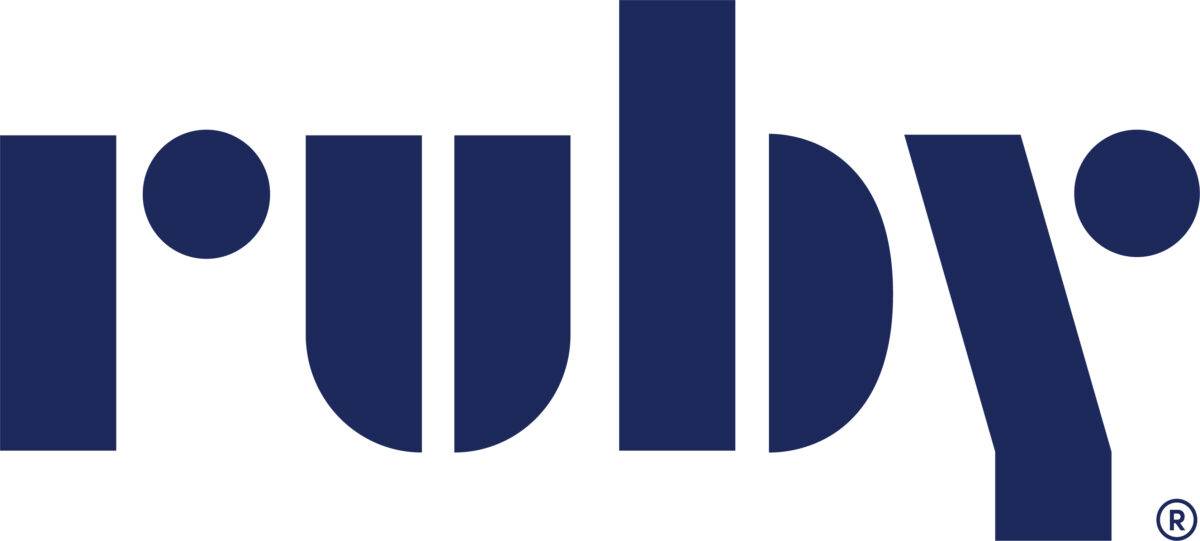Ring, ring, ring.
There’s the phone. Quick—how fast can you answer it?

A typical phone call consists of approximately five rings before being answered. Professional receptionists aim to answer calls within this timeframe, with many experts recommending picking up before the third ring to ensure optimal customer service.
Call virtually any provider that specializes in customer service over the phone and you’ll see this principle in action. In fact, most virtual receptionist and customer engagement solutions average an 80% answer rate in four rings. Keep in mind that many of these companies handle hundreds, if not thousands of calls, per day.
Sounds remarkable, doesn’t it? And yet countless callers are less than impressed. These companies see significant abandonment rates—callers hang up before anyone on the other end answers.
Why? Think about it from the caller’s perspective.
With each ring, doubt creeps in.
From a customer’s point of view, each ring produces a new emotion—and not an altogether positive one. It’s equivalent to the experience one might have when knocking at a door or calling out to someone in another room; the longer they wait without a response, the more frustrated, unappreciated, and anxious they feel.
Let’s take an in-depth, slow-motion look at the process:

The first ring: Anticipation. Hope. The caller has just pressed the “call” button, clicked to call, or (if they’re really old-school) manually dialed a number. Their heart rate is up a bit; they’re subconsciously preparing themselves to speak. At this moment, they’re primarily focused on the reason they placed the call, and anticipating the conversation ahead: I hope this company can fix my HVAC problem. I hope this lawyer isn’t too expensive. I hope we can get this figured out quickly.
The second ring: Uncertainty. Unease. Doubt has begun to form. It’s a slight doubt, but a noticeable doubt—like when you eat a spicy pepper and it doesn’t taste hot at first. The doubt’s there but it hasn’t fully kicked in yet. The caller is starting to wonder—their mind is drifting a little from the anticipation of the call ahead and towards other questions: Hmm, will someone pick up? I hope the person who does pick up is nice…

The third ring: Disappointment. Irritation. The doubt has become real, and it’s no longer ignorable. Back to the pepper analogy, the caller is starting to think they need some milk or water to cool down. Your business answering that phone is the cold, crisp beverage they need, but they’re not getting it. At this point, the caller wonders: Why am I still waiting? Maybe they’re super busy right now. Maybe someone stepped away for a moment. Maybe, maybe…

The fourth ring: Resignation. The caller’s doubts and fears have been confirmed. By now, the heat has kicked in; their mouth is a ball of flames. The message the caller gets is “we’re too busy for you,” or “we’re too disorganized to take your call.”
Pretty wild that a person can experience all that in a matter of seconds, huh? That a few small chimes can bring us any amount of hope and despair at all. Why is that?
Why does the phone ring, anyway?
Well, the history’s too convoluted to really dive into here, but basically, the ringing sound dates back to the invention of the telephone. In the old days (think thick mustaches and padded undergarments), there was an actual bell attached to the phone that would ring when someone called—but only the person on the receiving end would hear it. The caller, meanwhile, would be connected to a switchboard operator, whose job was to transfer the call.
The ringback tone (i.e. the sound the caller hears when they’re trying to reach someone) was invented in the mid-20th century. Telephone systems were becoming more efficient and automated, and human operators were starting to phase out, but callers still needed an auditory indication that a call was connecting to a machine. Otherwise, without an intermediary to immediately answer the line, a caller would be stuck in limbo waiting for another person to pick up.
The ringback tone bridges the gap by mimicking the sound on the other end. It gives the caller a cue that the phone belonging to the person they’re trying to reach is, indeed, ringing.

With that in mind, it’s no wonder we pin our emotions on the sound of a ringing phone. It’s a simple, universal indicator of an attempt to connect—an outstretched hand, an unmet gaze. By picking up the phone, you’re returning that gesture. You’re showing the caller that you’re here for them; that you care about them; that you, too, want to connect.
Take a moment to think about your experience and notice your emotions next time you place a call. What do you feel with each ring? How do those feelings change the longer you remain on the line—and what makes you decide to wait or hang up?

At Ruby, we understand the importance of meeting customers’ expectations and creating great first impressions. Customer service is where business begins. It’s where connections are made.
We also know answering the phone isn’t always every business’s first priority. When you’re responsible for all areas of your business, you probably don’t have the time or capacity to pick up every single call and provide your callers with cheerful, personalized service. That’s where we come in. With Ruby, your customers talk to a real person who’s ready to answer their questions, address their concerns, or just have a friendly conversation.
It’s just one of the thousands of little things Ruby does to create meaningful connections every day.
Want to see how it works? Call us today!



